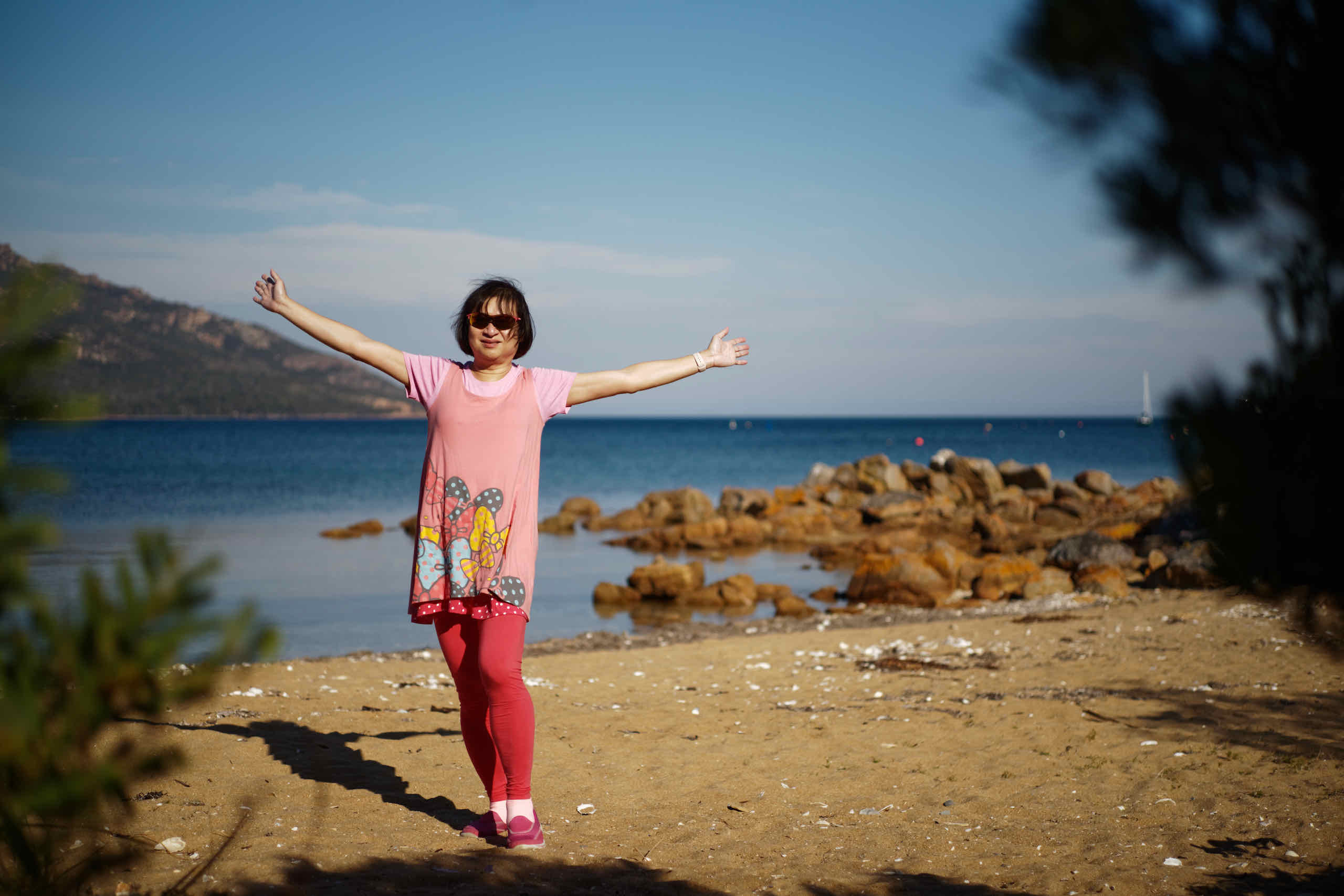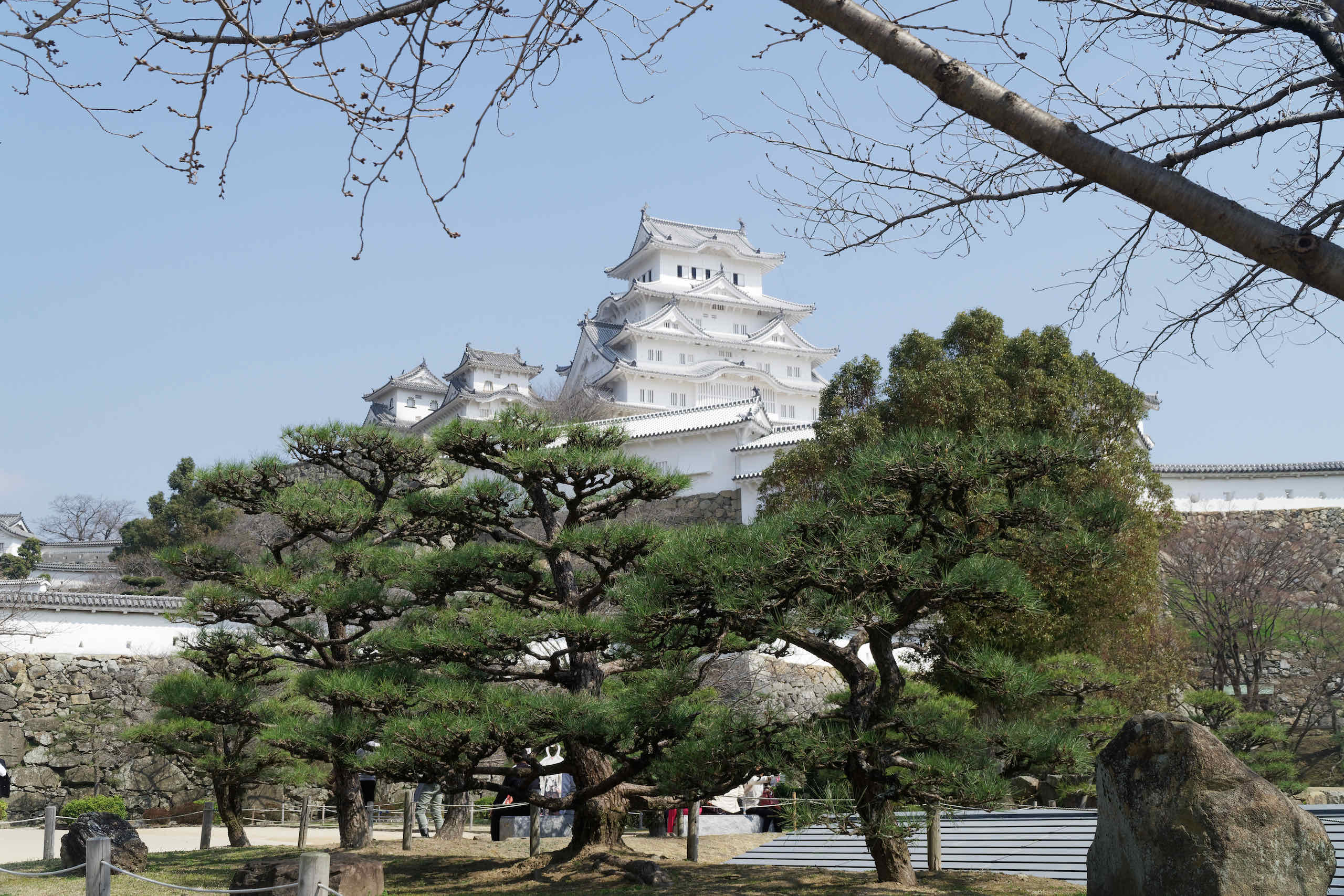
Himeji Castle (姫路城) is the largest and most visited castle in Japan, and a UNESCO World Heritage Site. It was fully restored in 2015.
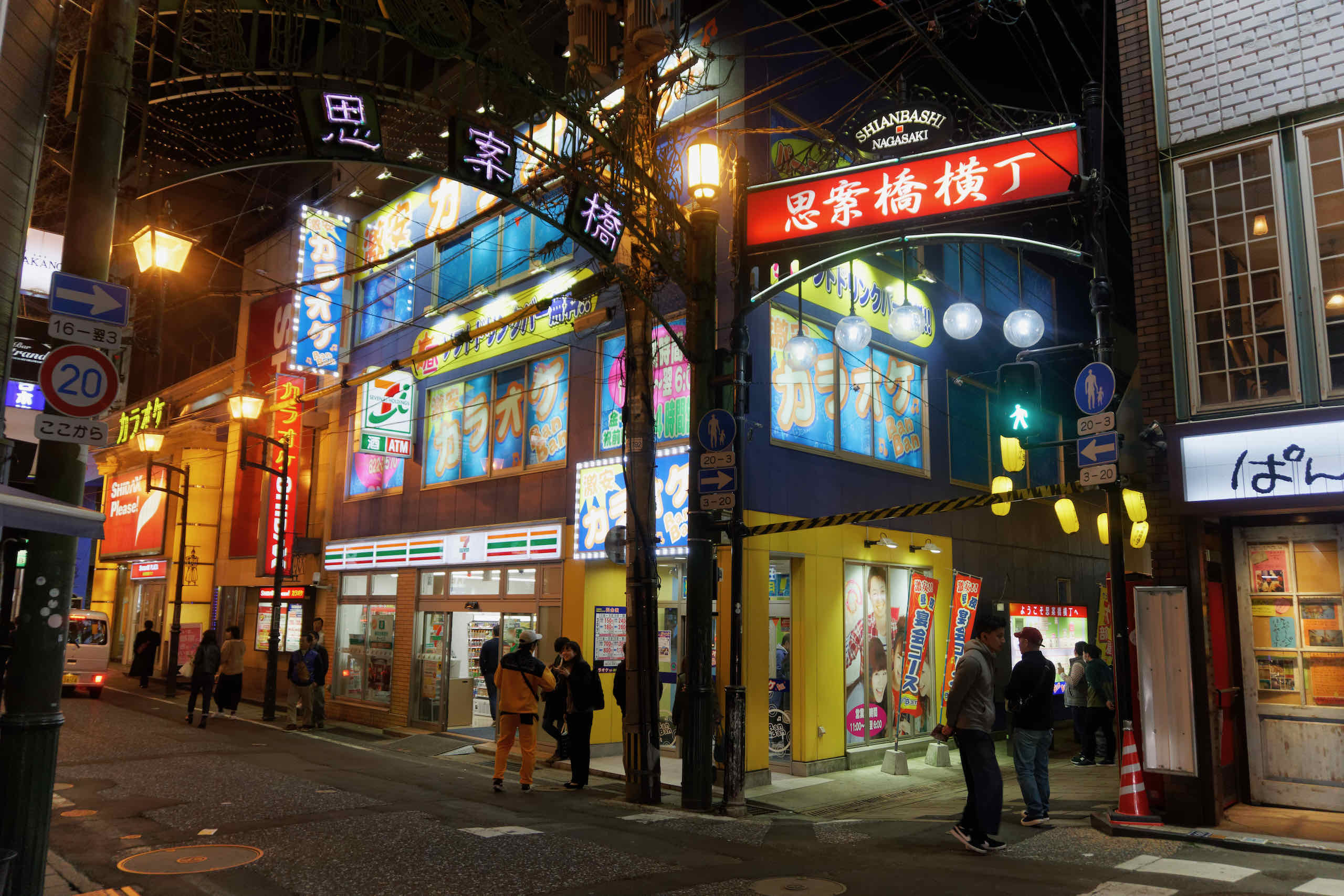
Shianbashi is Nagasaki's nightlife area (and former red light district). At night, it comes alive with little restaurants and snack bars.
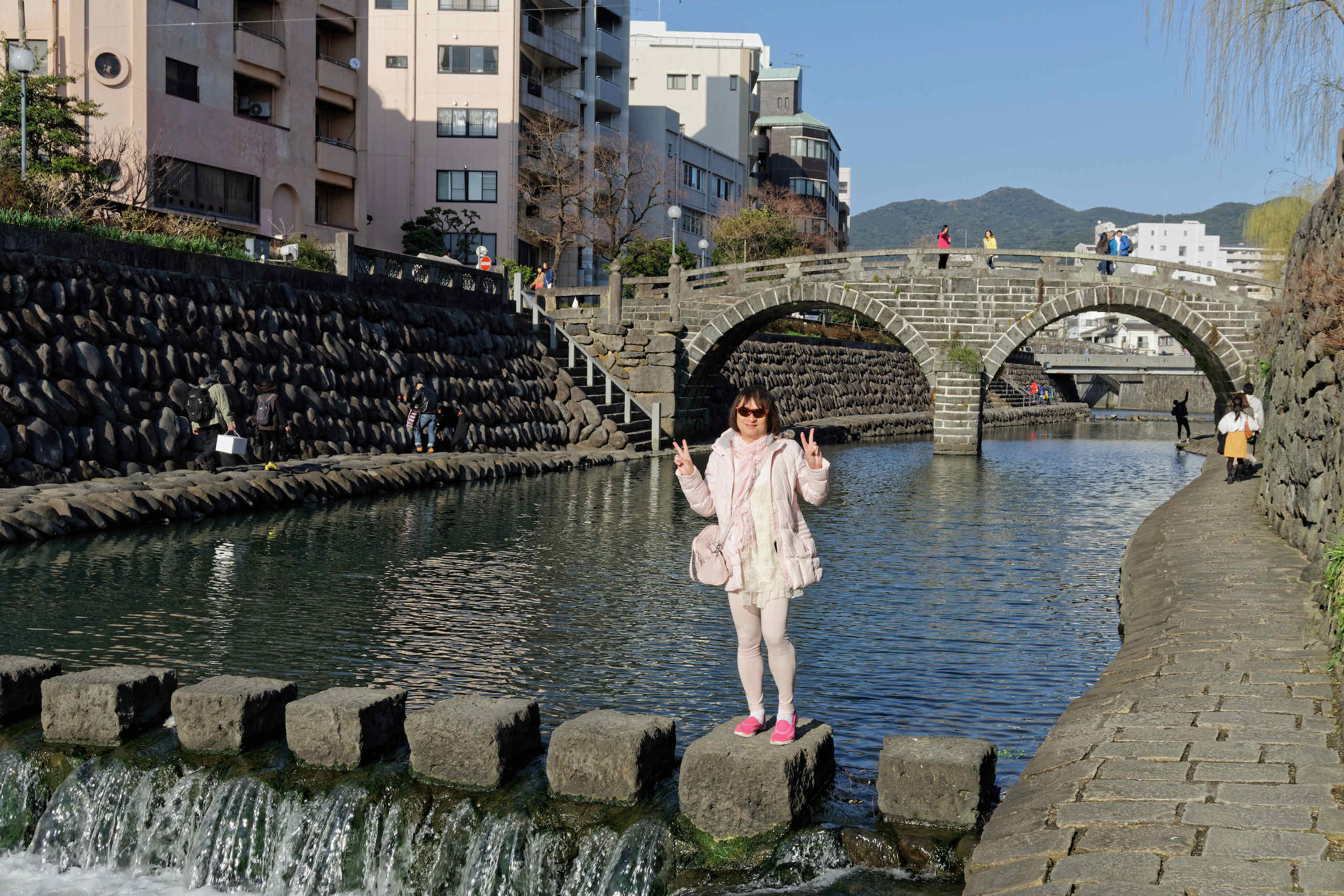
Spectacles Bridge is Japan's first Chinese-style stone bridge and one of Japan's Top 3 most well known bridges.
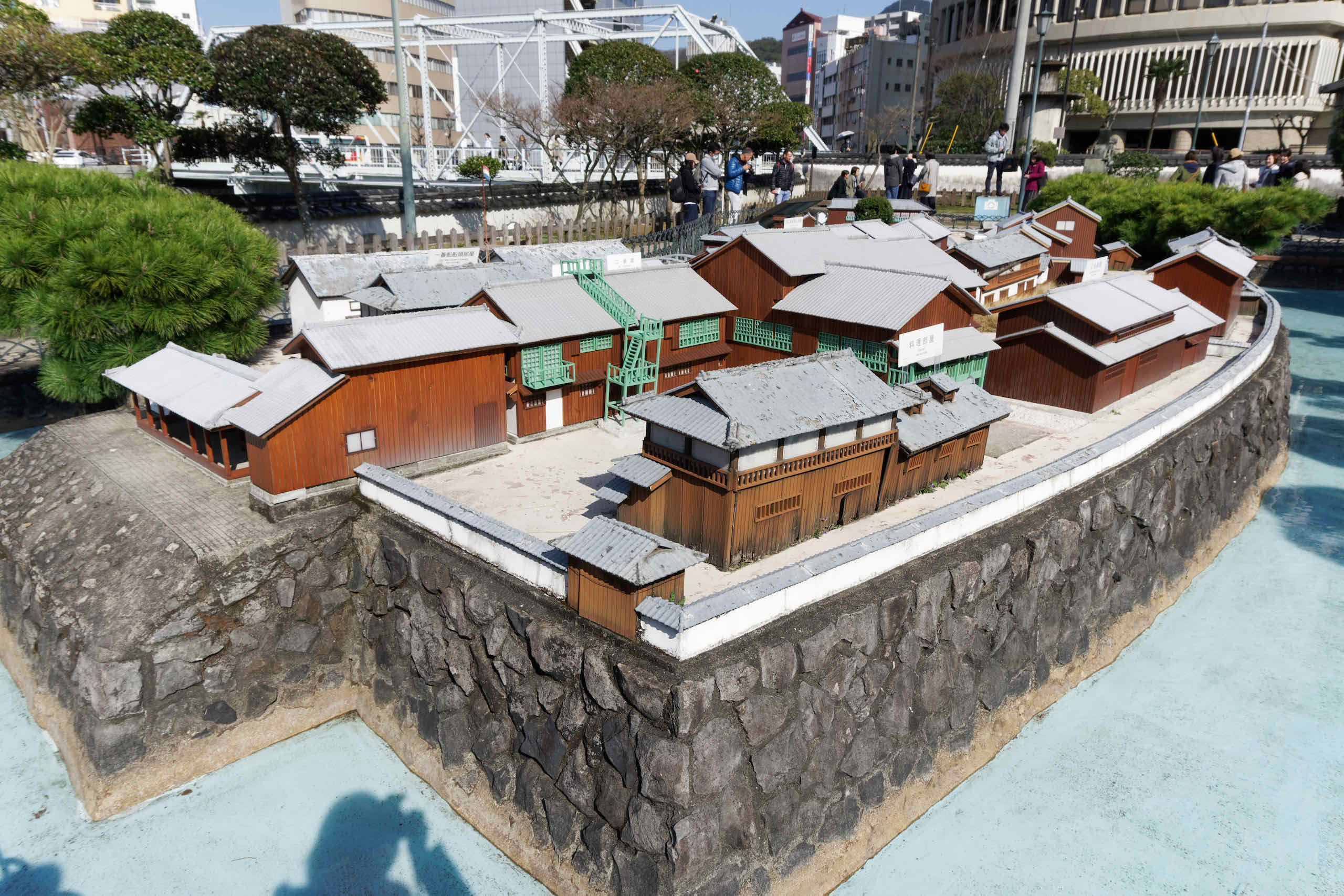
Dejima was used to quarantine foreign traders (Portuguese, then Dutch) during the Edo period of the Tokugawa Shogunate.
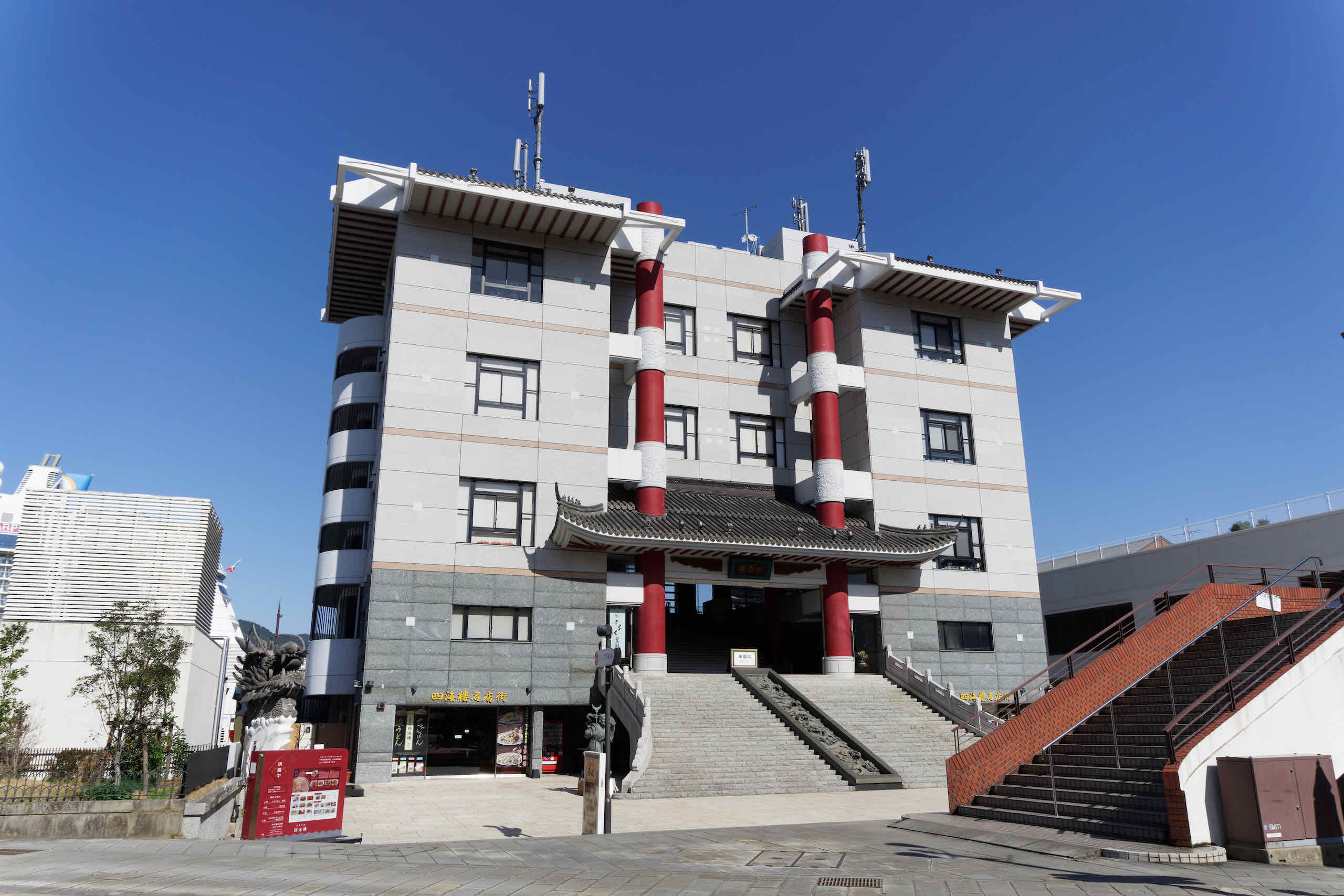
We also explored various places around the Nagasaki historic quarter including Oura Machi and Minami Yamate-Machi.
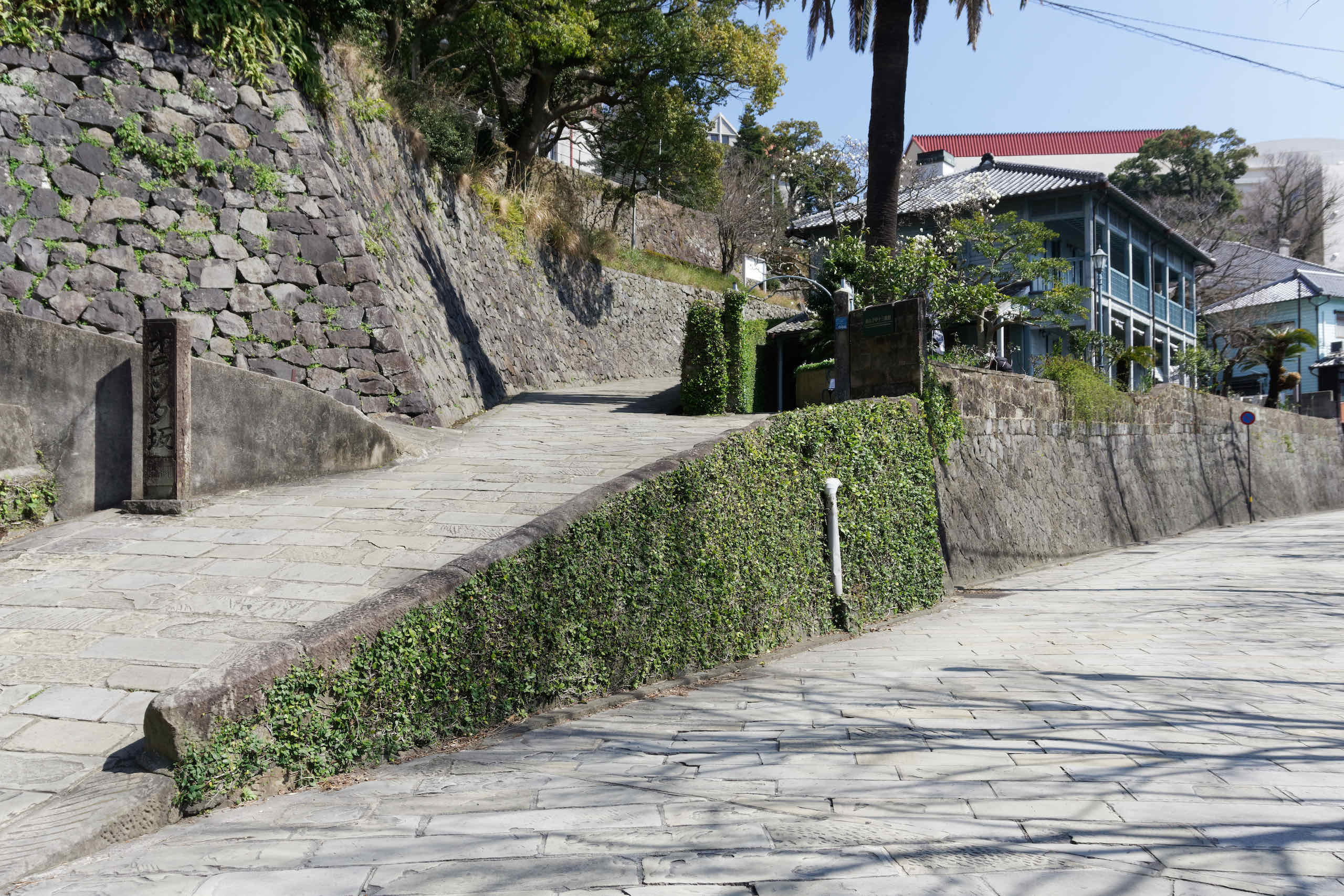
The strangely named "Dutch Slope" is a sloping road leading up to a hill where there are historical Western style houses.
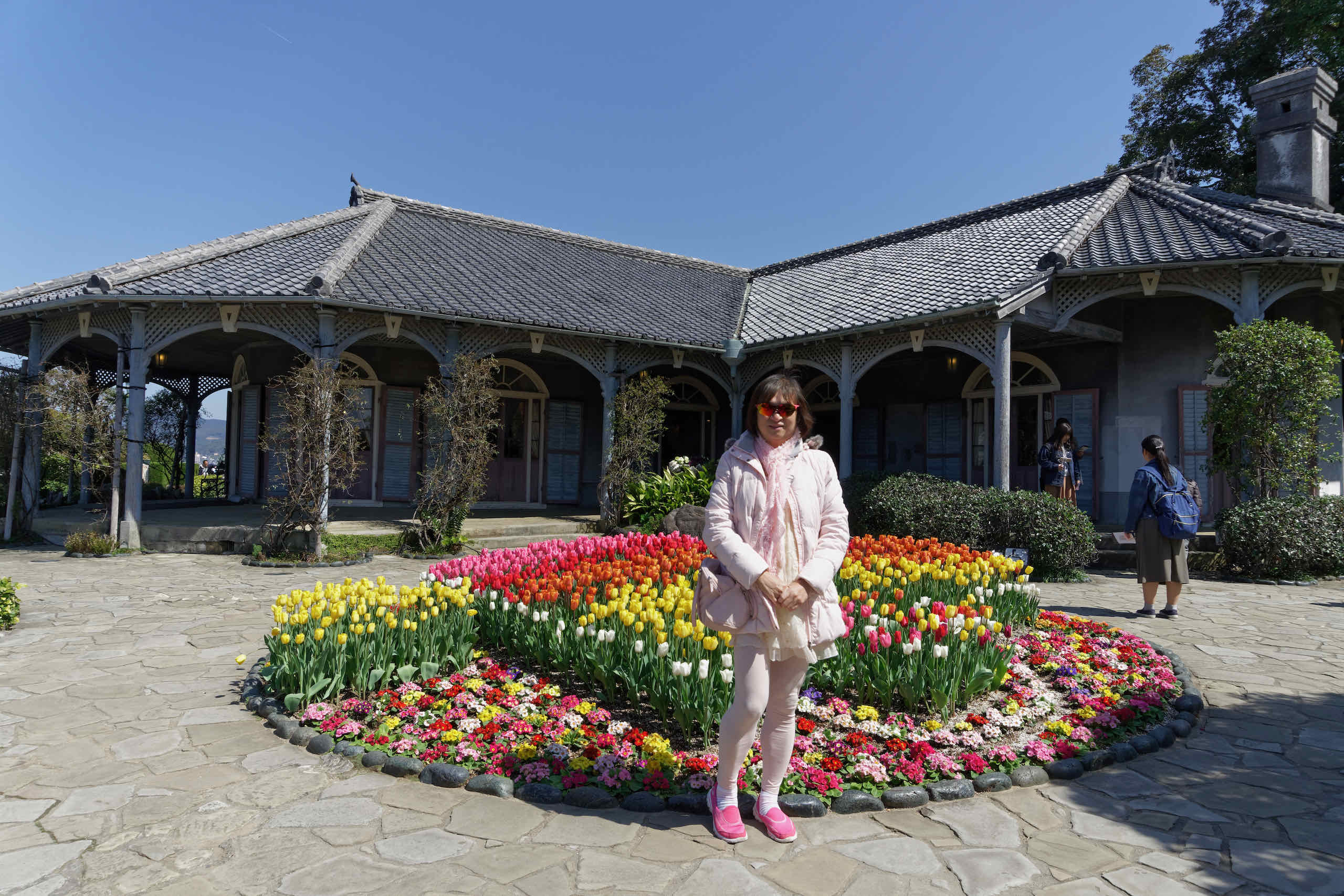
Glover Garden is situated on the southern slope of the Minamiyamate hillside and offers a superb and extensive view of Nagasaki Harbour.
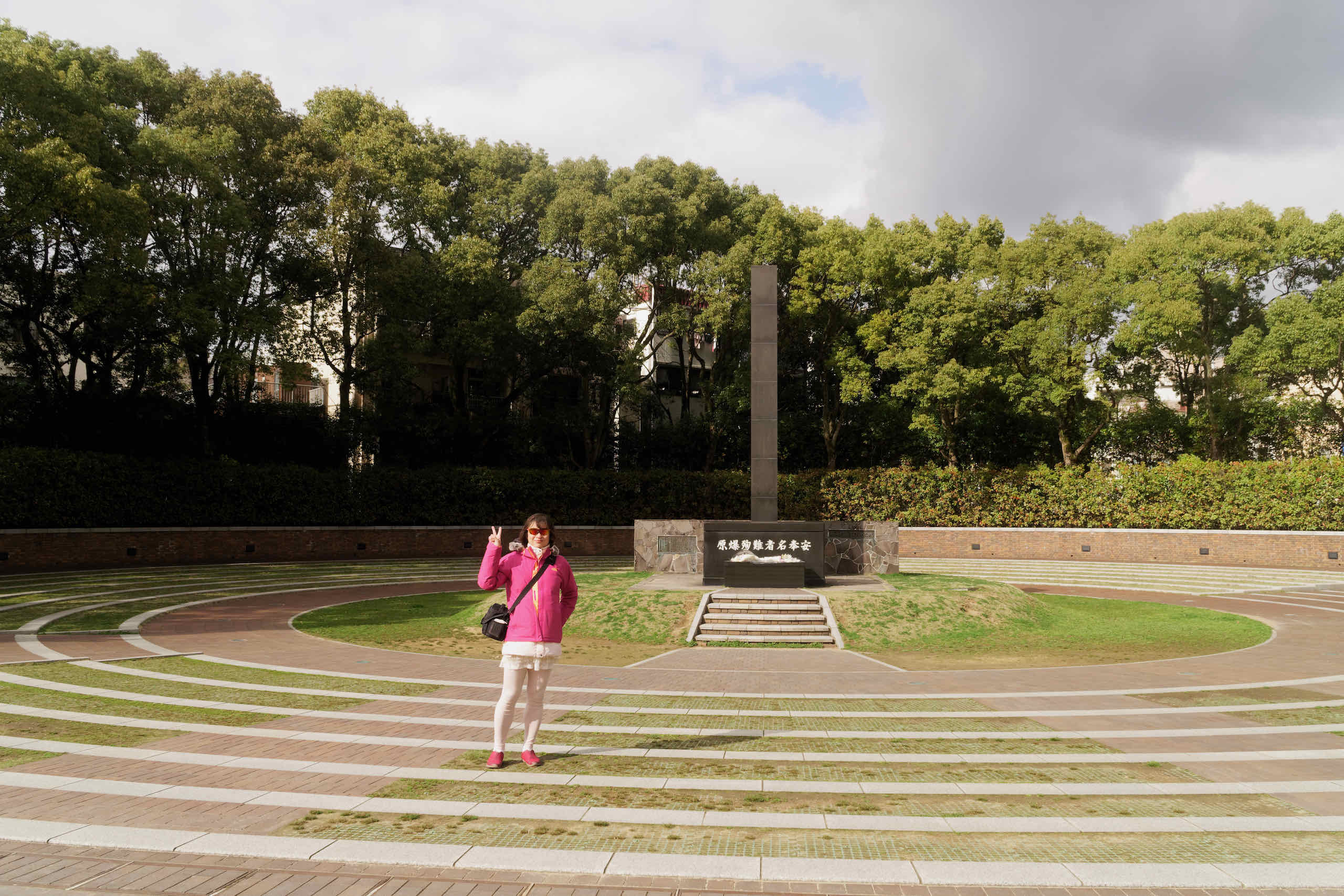
The Atomic Bomb Hypocentre has concentric circles marked around it like a bullseye target, next to the nearby remains of the Urakami church.
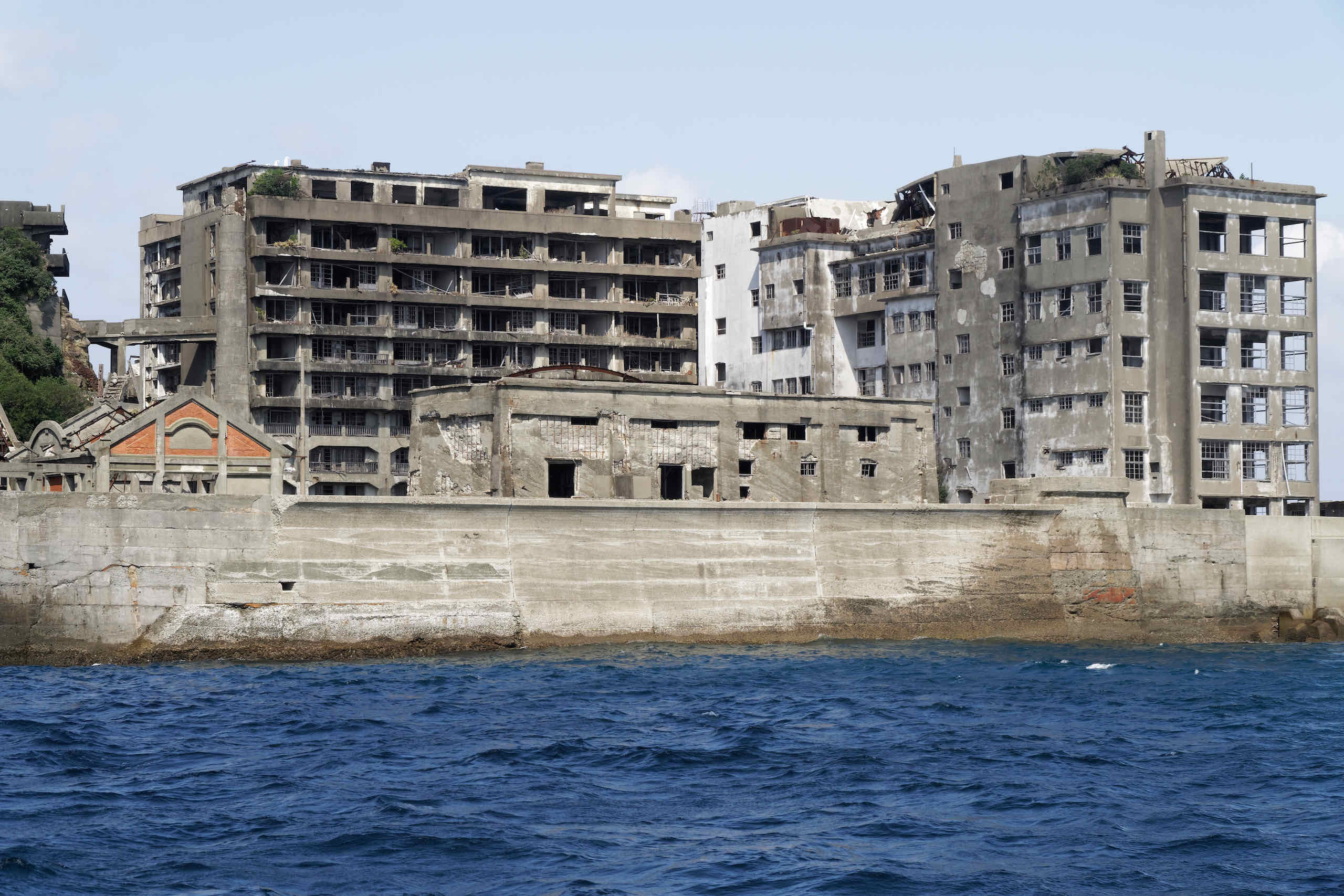
Gunkanjima (Battleship Island) was originally called Hashima with a seabed coalmine. After the mine was closed, the island fell into ruin.
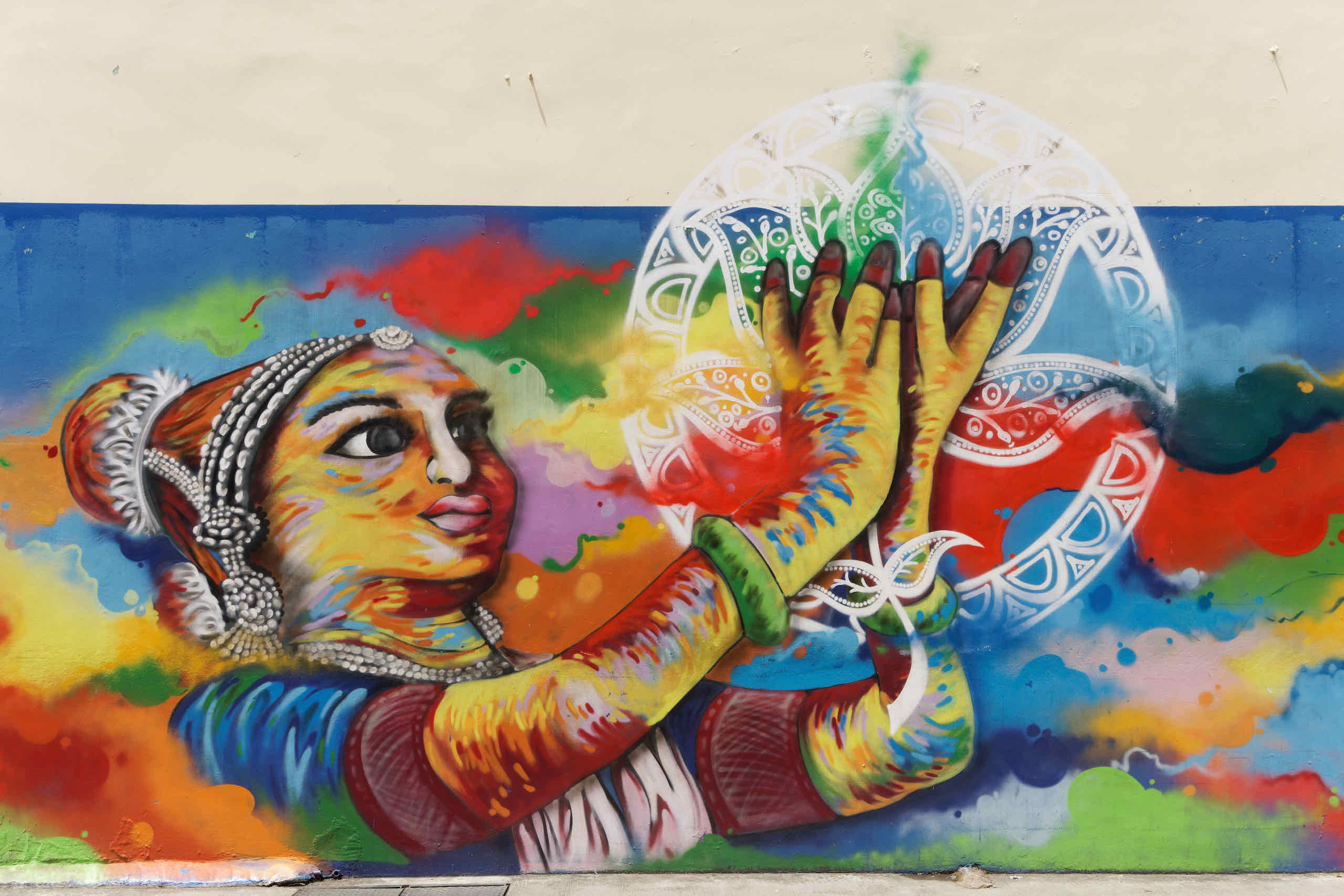
Little India was originally an enclave designated by the British for Indian immigrants, and the main thoroughfare is Serangoon Road.
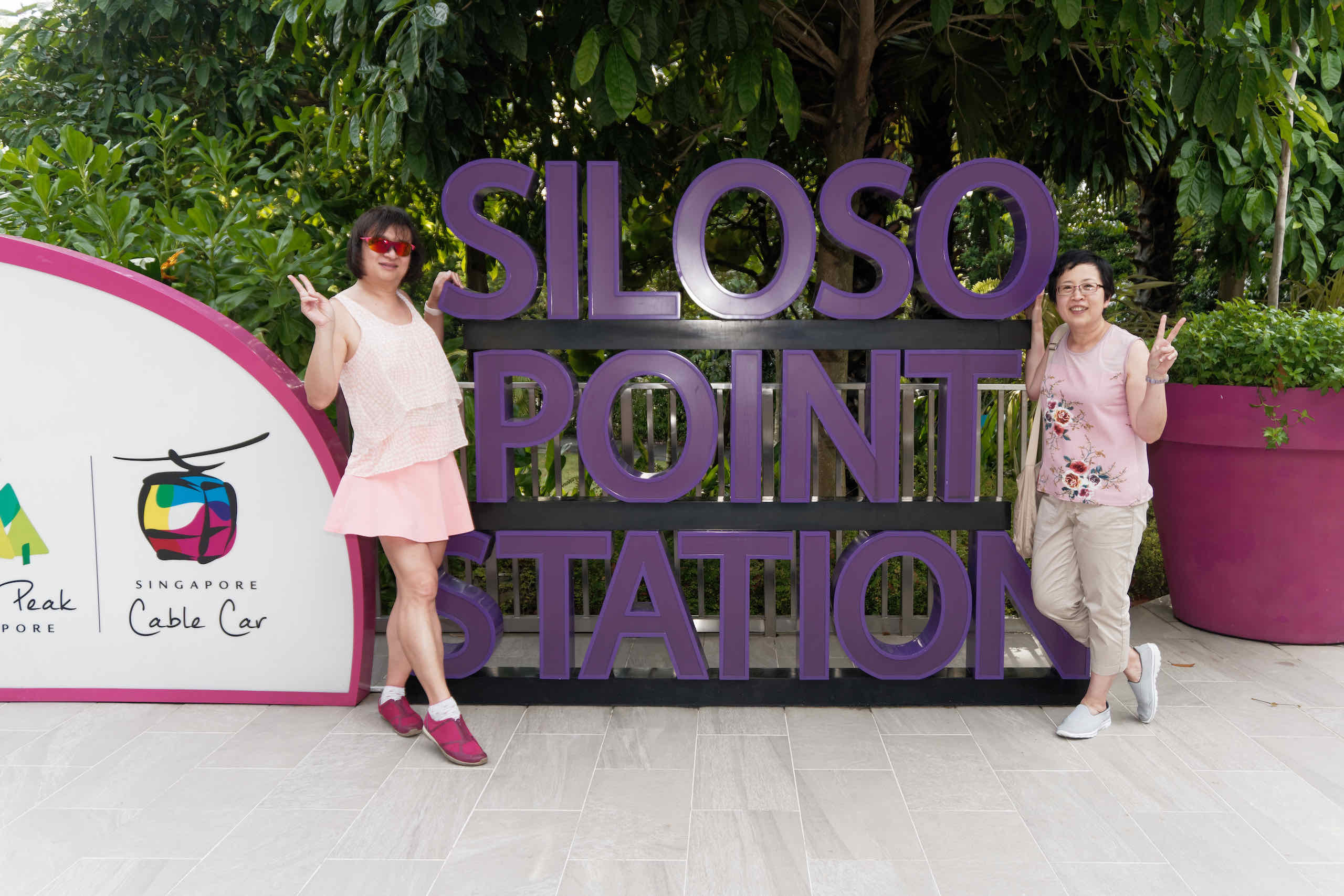
The final attraction at Sentosa that we visited was Fort Siloso, built in the late 19th century and stands a historical site today.
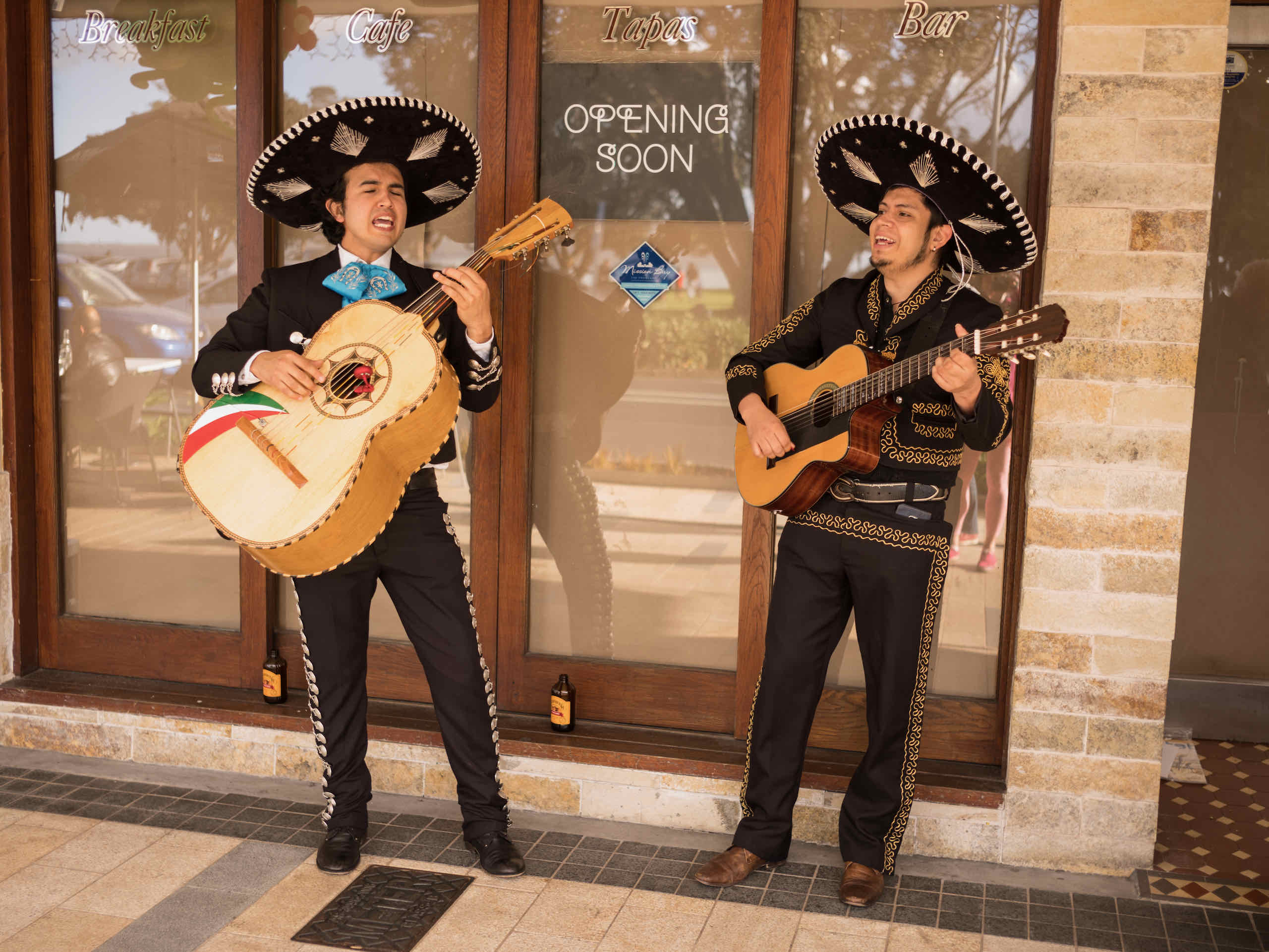
Mission Bay is a seaside suburb on Tamaki Drive with a nice fountain and some shops. Nearby is Bastion Point.
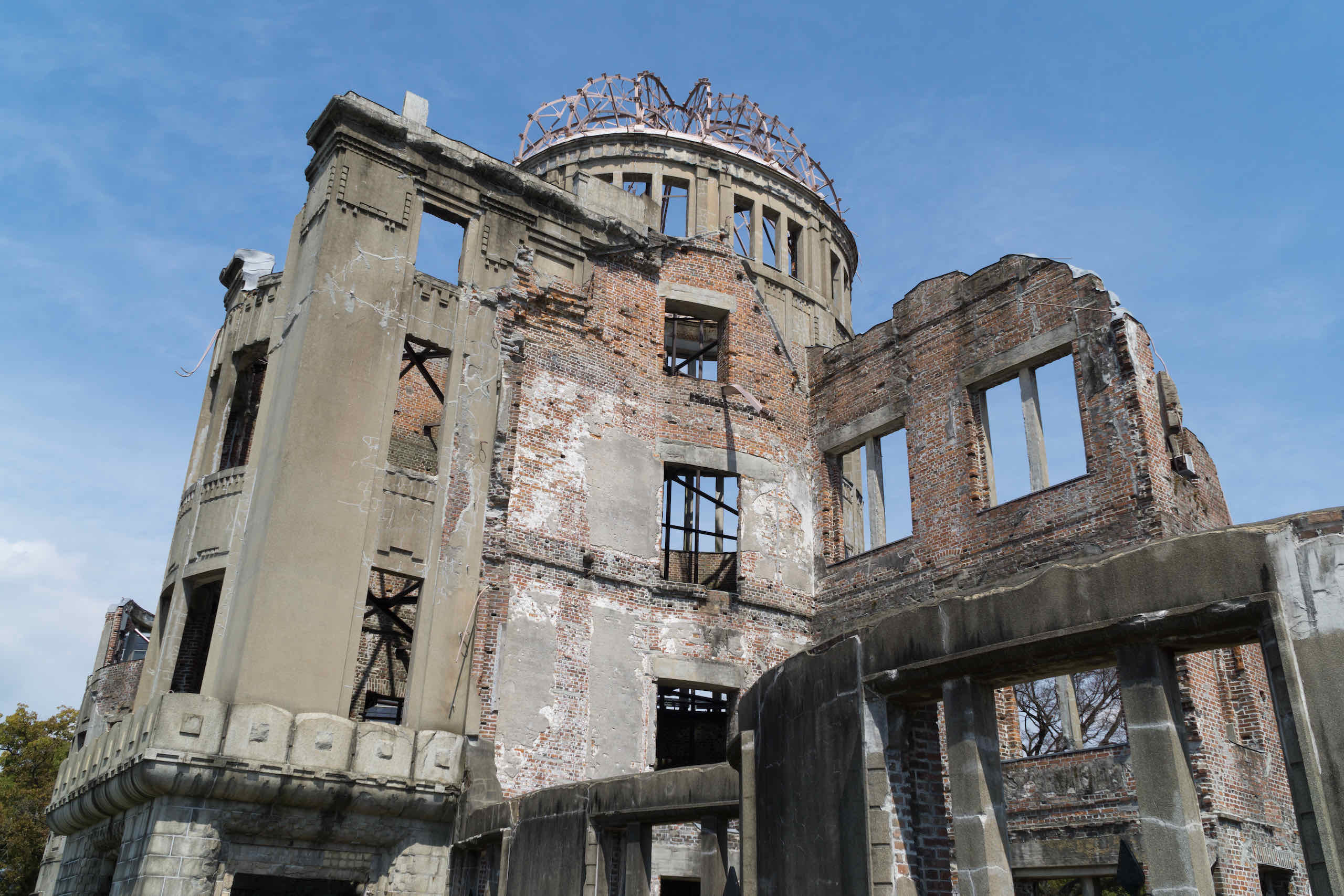
The Genbaku Dome (aka Hiroshima Peace Memorial, or the Atomic Bomb Dome) is a former exhibition hall that somehow still stands as a ruin.

